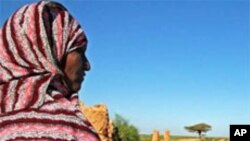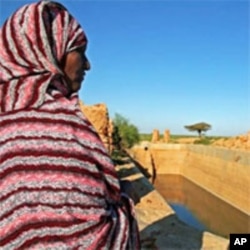It’s been 25 years since the great famine in Ethiopia. On the anniversary of that tragedy, the international aid group Oxfam has released a new report calling for a shift in aid priorities.
The report, called Band Aids and Beyond, calls for better disaster risk management.
Ethiopia has been hit hard by the drought affecting East Africa. It has just asked for over 120 million dollars in emergency aid to help feed more than six million people.
A different approach
Marc Cohen, senior research for Oxfam, spoke about a shift in aid priorities.
“While emergency food aid…is very important for saving lives once a crisis breaks out, the reason we’re calling for this shift is to try and get more investment in prevention and preparedness,” he says.
By being prepared, he says, a crisis does not have to turn into a “devastating famine as happened 25 years ago. So, for example, investing more in irrigation or providing insurance to farmers or other means of making their farming activities more resilient in the face of drought. That’s the type of change we’re talking about.”
The East African famine did spur some investment in irrigation in Ethiopia, but “it’s still a very small percentage of the farming area,” he says.
He says much more needs to be done.
“Because Ethiopia’s a poor country it really needs support from the donor community, including the United States, to expand irrigation in a way that will be helpful,” he says.
Making the right investments
“The donor community already is investing in this…disaster risk management. But really there’s an imbalance between what’s provided for those sorts of preparedness activities and the emergency response,” he says.
One example, he says, is the U.S. funding to improve the livelihood of pastoralists.
“That’s receiving only about $10 million a year, whereas emergency assistance has been running in the hundreds of millions of dollars. So, a little bit more upfront investment in prevention, we think, would be the way to go,” he says.
If little or no investment is made in prevention, he says, “”There’s a risk of instability of refugee flows and of a continuing need that really does have effects on security in the region and ultimately security in the United States.





